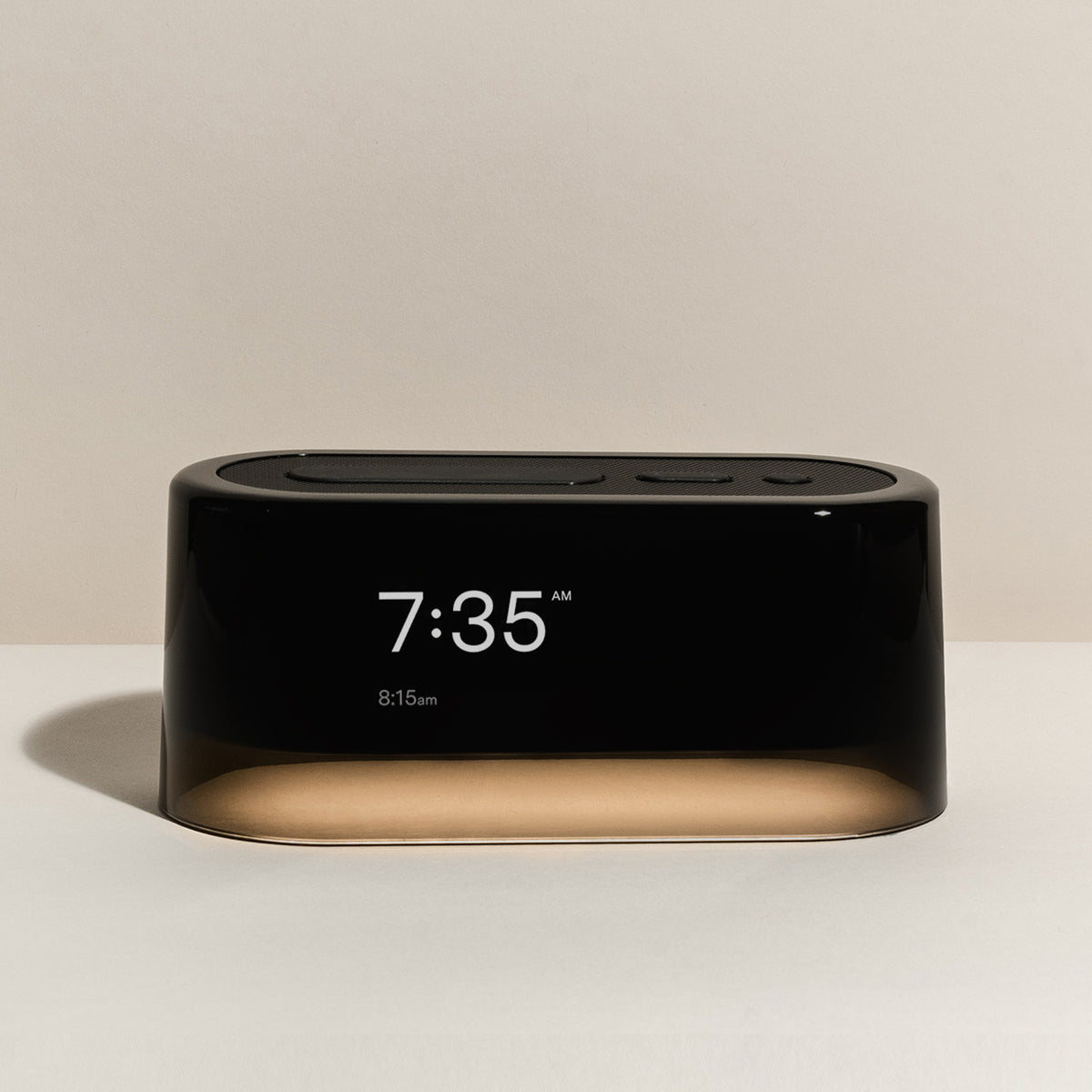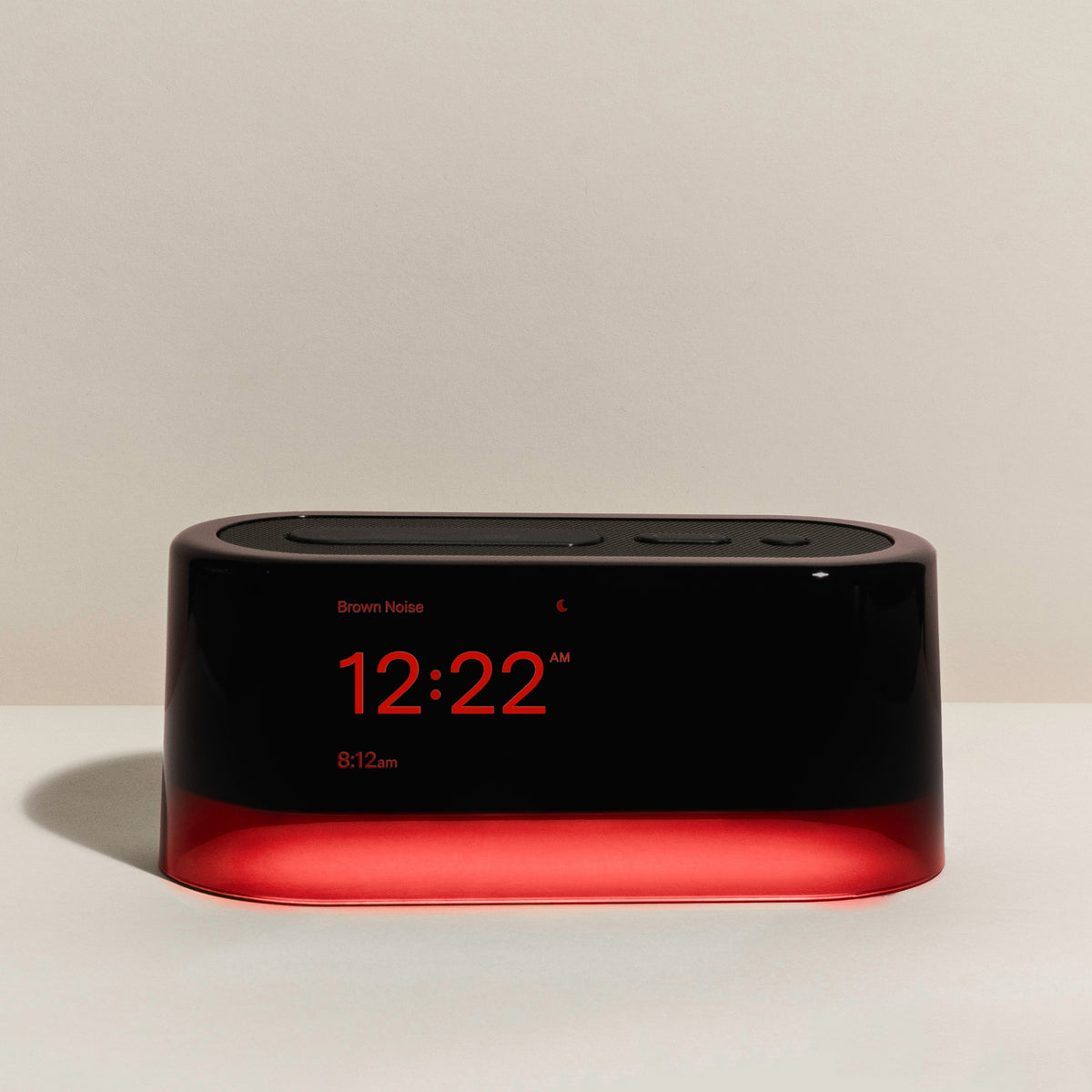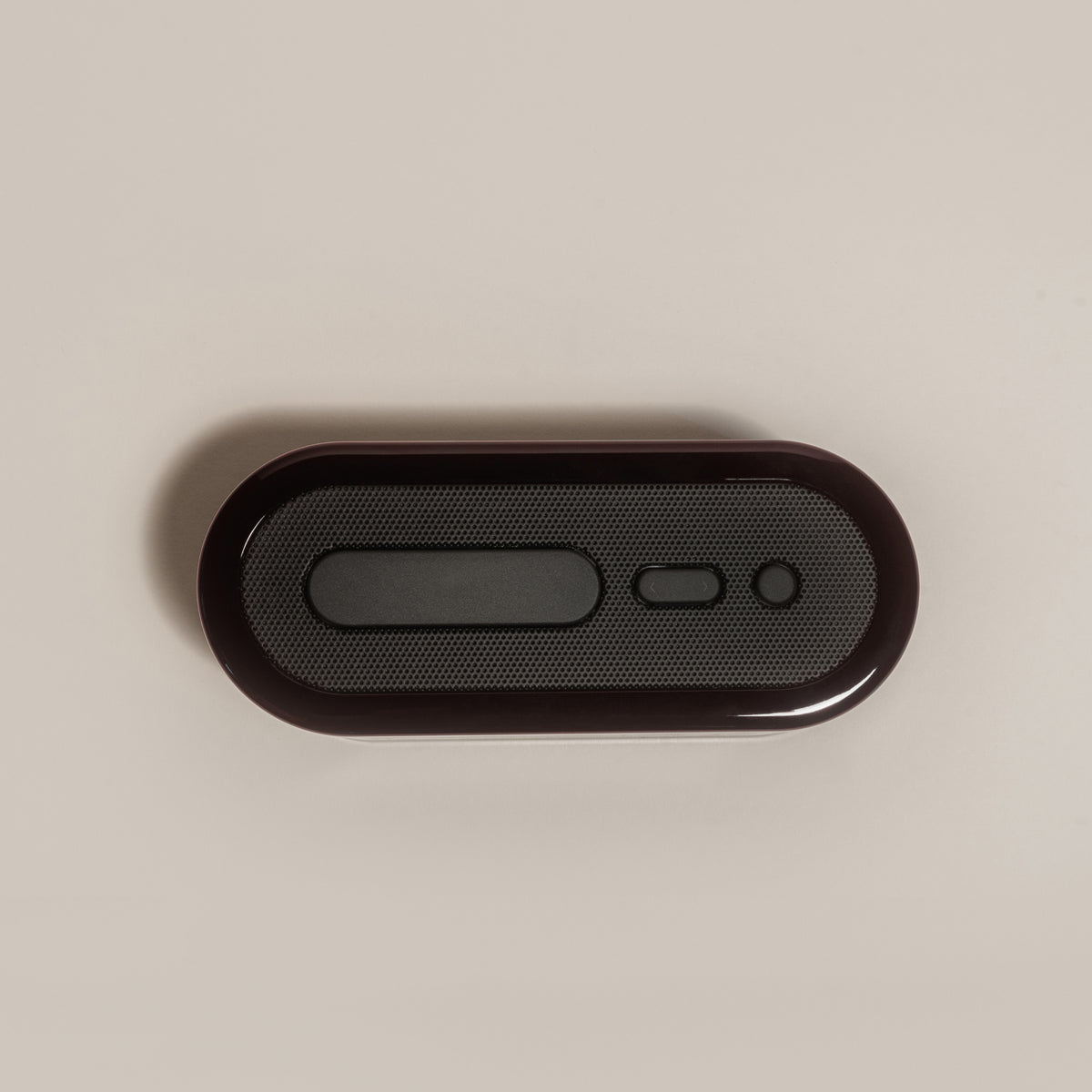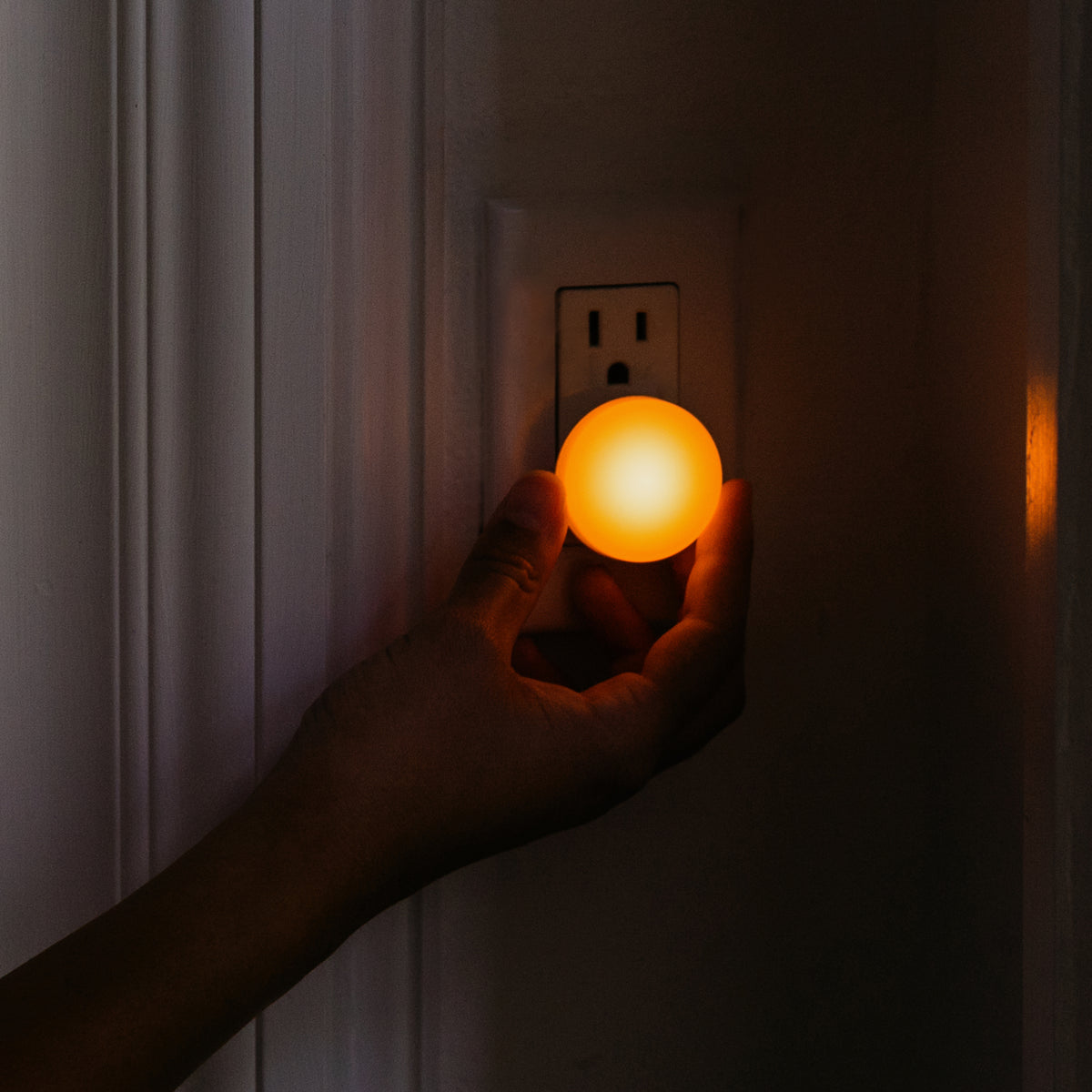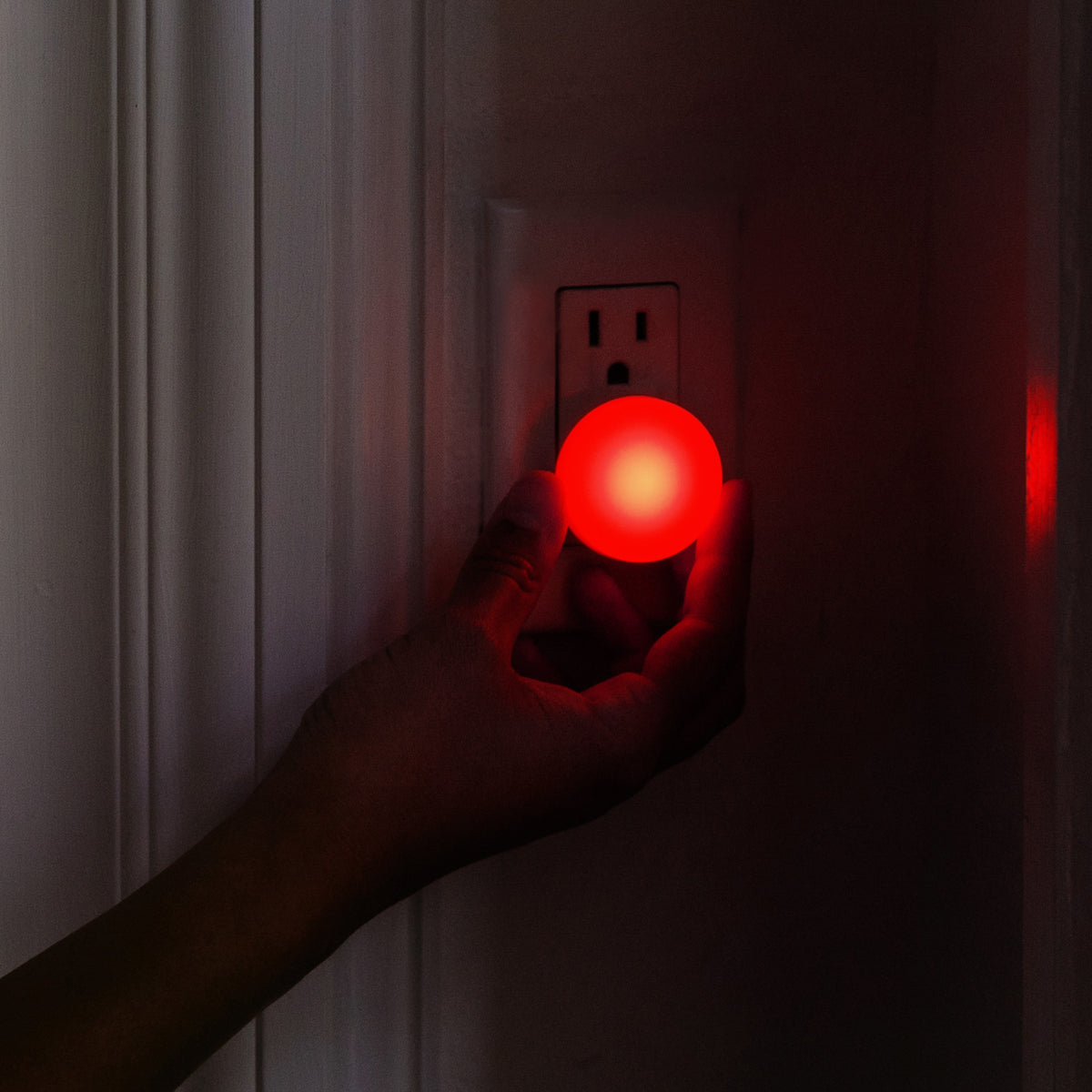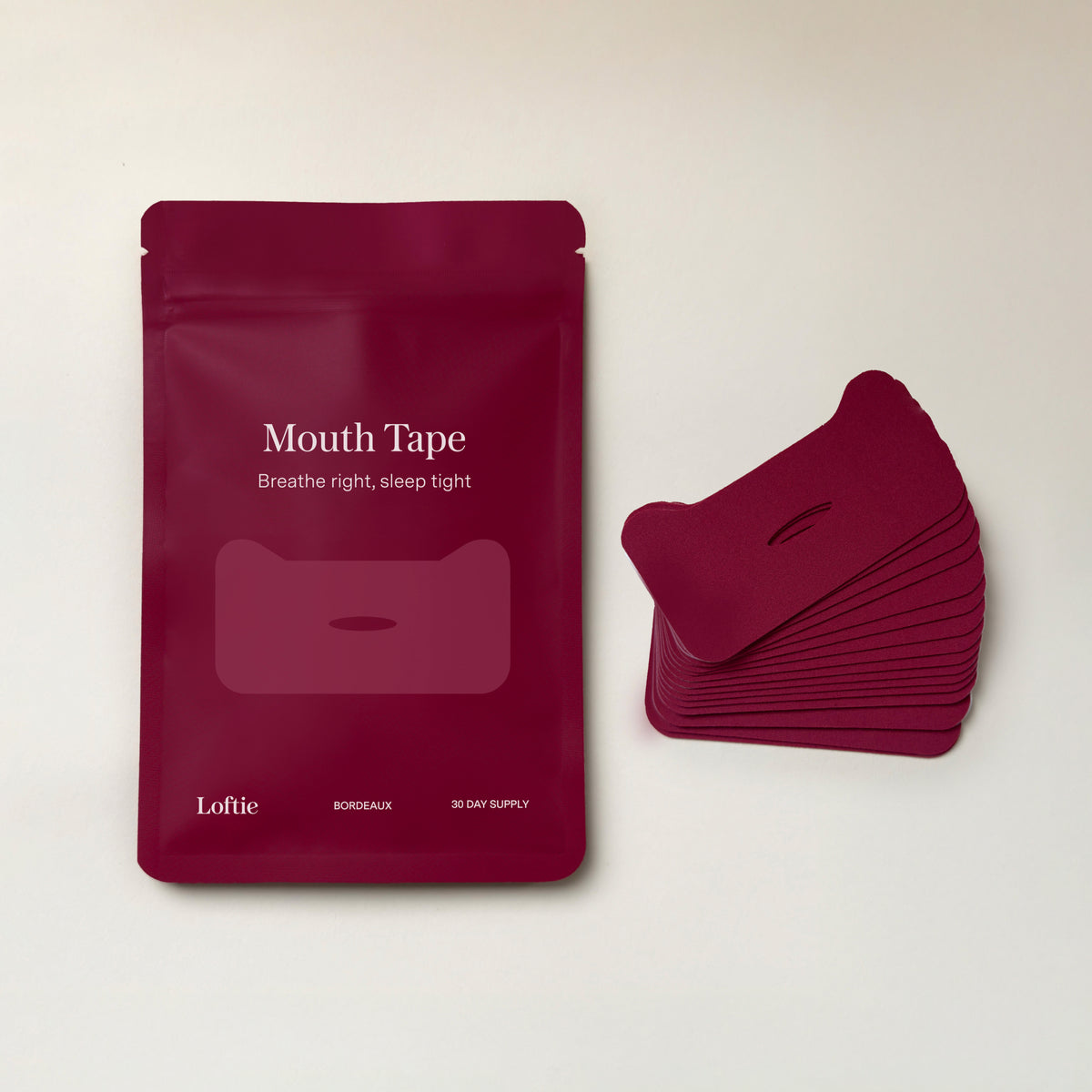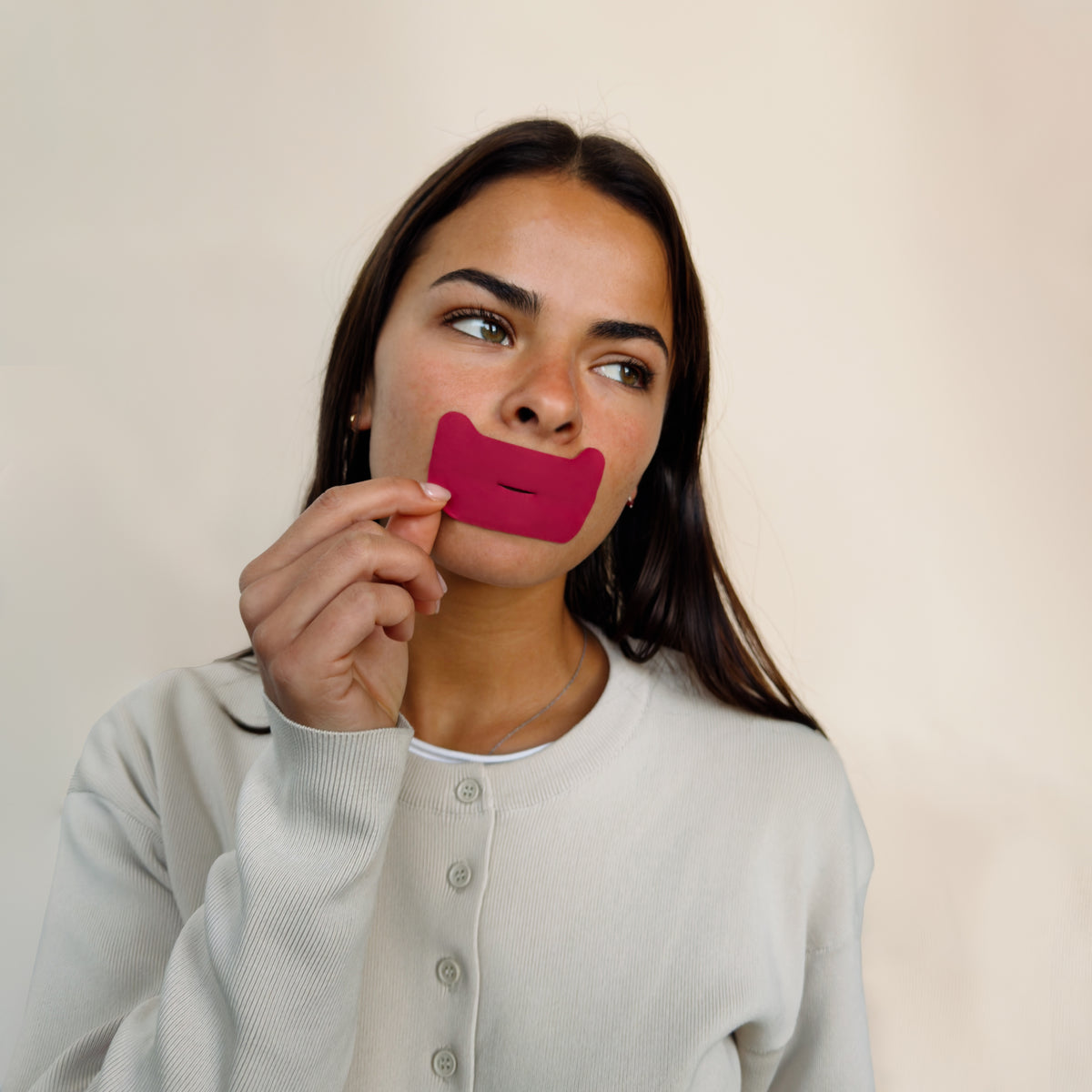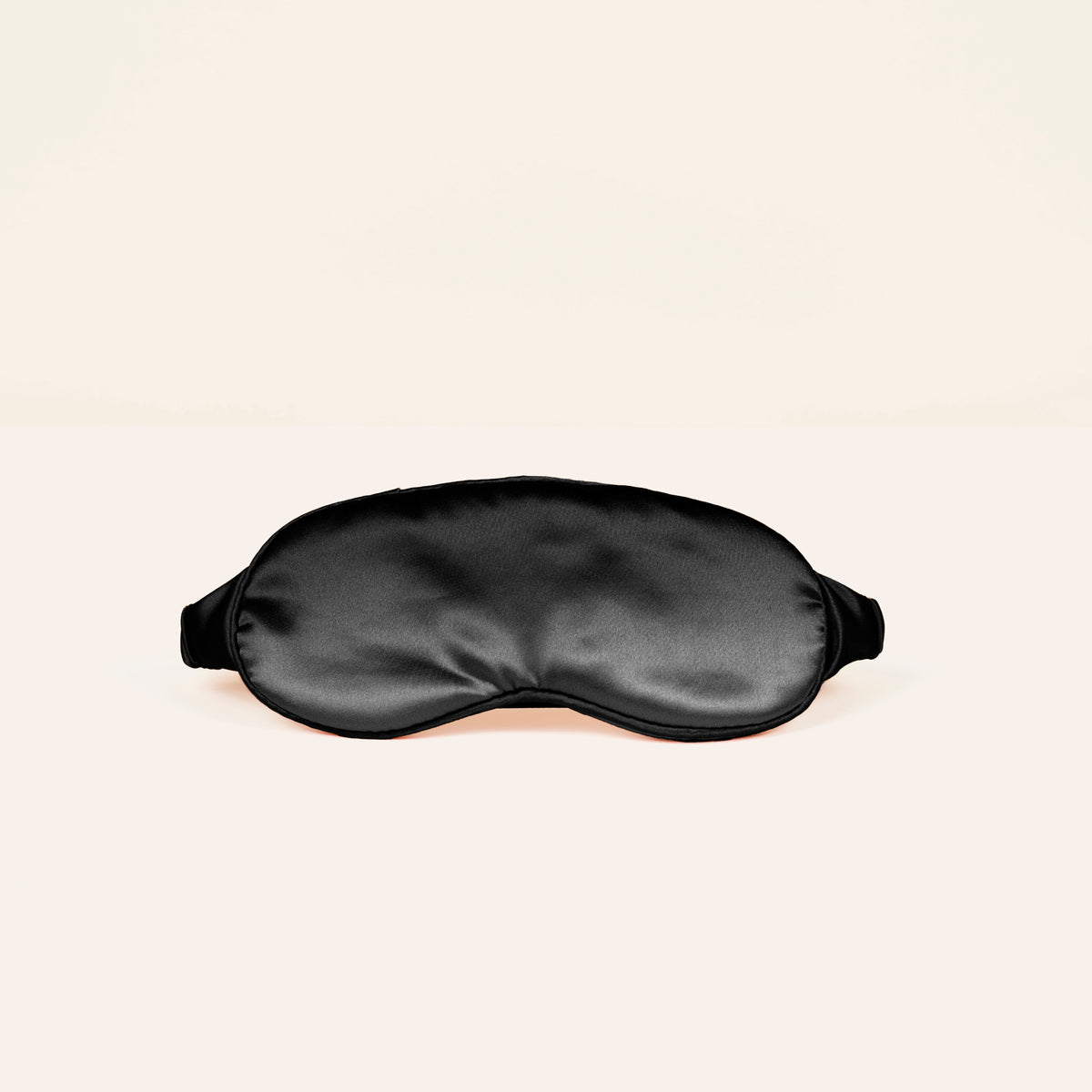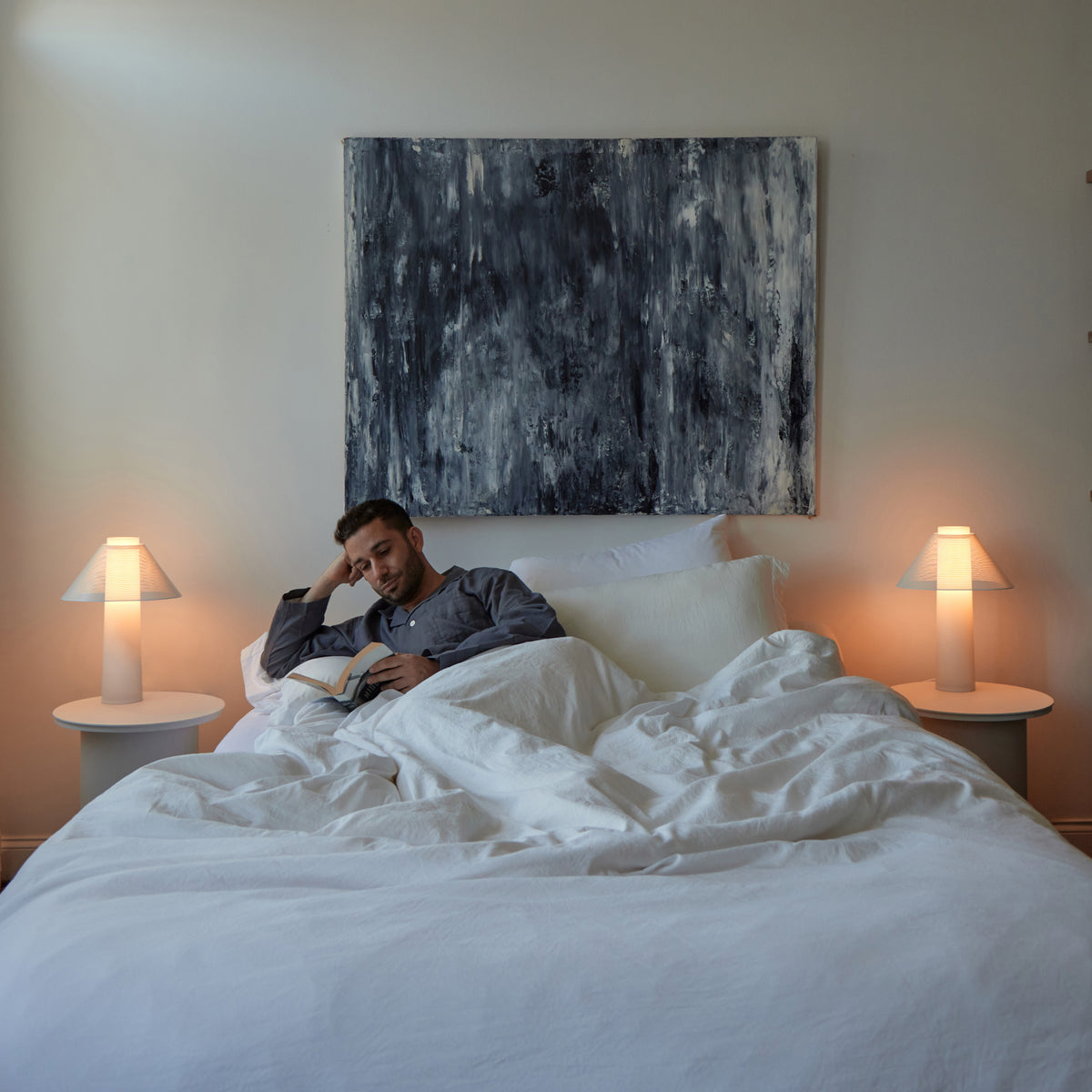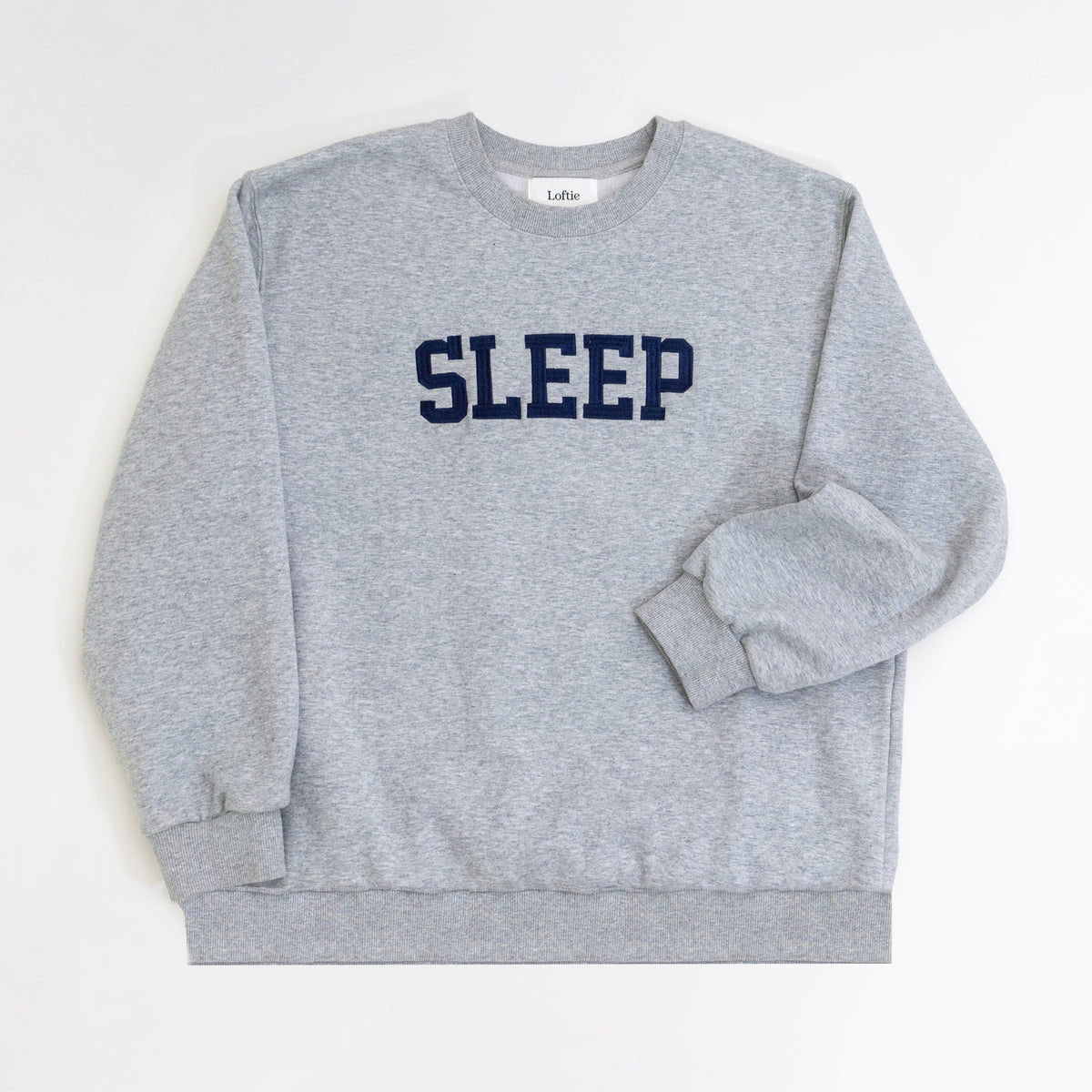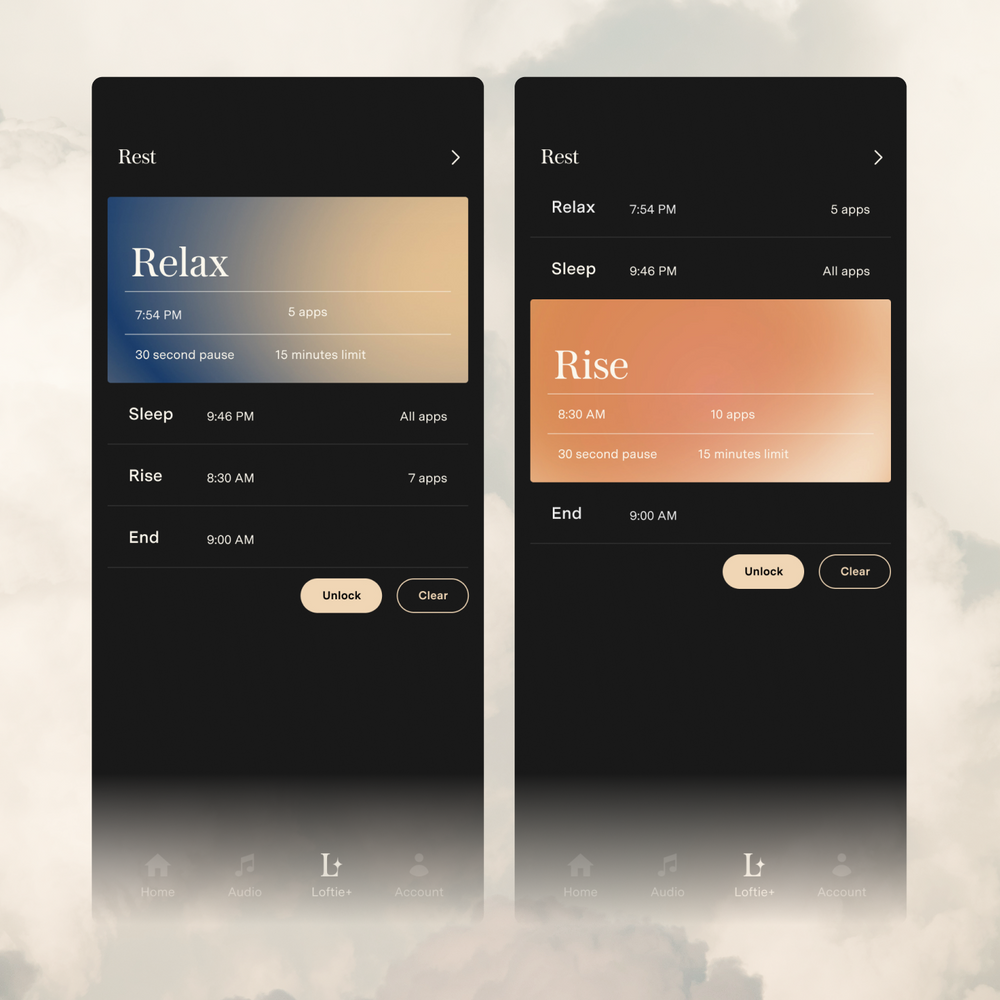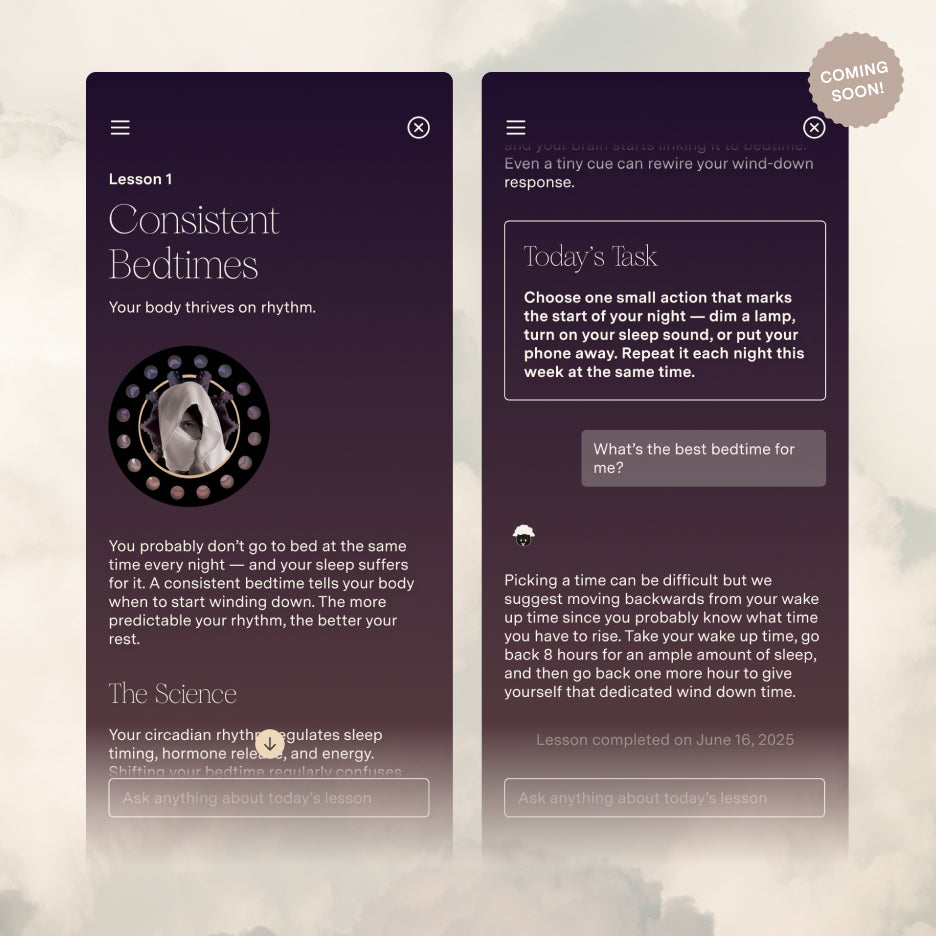If you’ve ever been startled awake by a jarring alarm or felt your shoulders tighten from a sudden text tone, you already know what sound can do to your nervous system. But what if sound could do the opposite — help you fall asleep faster, feel calmer, and even heal?
We sat down with certified sound practitioner and musician Kayce Laine to explore the power of sound healing, how it works, and why it might just be the missing piece in your sleep routine.
What Is Sound Healing?
“Sound healing is working with sound and frequency to achieve a healing outcome,” Kayce explains. “And intention plays a huge role.”
Whether it’s a crystal singing bowl or your own voice humming softly, sound healing uses specific frequencies to help your brain and body shift into a more relaxed state. Our ears are wired for survival — they’re always listening for threats, even in our sleep. In modern life, that means constant stimulation from dings, buzzes, sirens, and stress.
Sound healing works to reverse that pattern by moving your nervous system from fight-or-flight into rest-and-digest.
The Science Behind the Sound
One core principle of sound healing is brainwave entrainment — using specific frequencies to guide your brain from high-alert states (beta) into more relaxed ones like theta and delta. This is where deep rest, dreams, and even healing can happen.
And it’s not just about what you hear. “When you experience sound in person, you feel the frequencies moving through your body,” Kayce says. “Since our bodies are mostly water — a great conductor — these vibrations can help release tension and emotions we’ve been holding onto.”
Why Intention Matters
Rather than focusing on fixed meanings of frequencies, Kayce encourages a more grounded approach: “I don’t prescribe specific frequencies. Everyone’s body is different — what matters most is intention.”
Citing sound pioneer Jonathan Goldman, she shares a simple but powerful equation:
Frequency + Intention = Healing
This means it’s less about chasing one “perfect” frequency and more about choosing sounds that resonate with you — and listening with purpose.
Using Sound to Sleep Better
According to Kayce, sound healing can be especially powerful before bed. Here's how:
TRY HUMMING
“Humming is one of the most effective tools,” she says. It naturally lowers cortisol, reduces blood pressure, and can even increase melatonin — all crucial for better sleep. Try exhaling slowly on a hum to create soothing internal vibrations.
USE BROWN NOISE
Brown noise — a lower-frequency sound than white noise — is a favorite among light sleepers. It masks environmental distractions and helps your nervous system downregulate.
WIND DOWN WITH INTENTION
“It doesn’t need to be a full-blown ritual,” she says. “Put on a calming track, breathe, and give yourself five minutes. Even 90 seconds of listening to a crystal bowl can shift your brainwave state.”
Sleep Ritual Tips from Kayce
-
Keep TV/movie volume under 50 dB before bed. Think: quiet conversation, not action movie.
-
Avoid overstimulation: Silence notifications, reduce background buzz, and curate a peaceful soundscape throughout your day.
-
Change your ringtones regularly to avoid nervous system overload.
-
Experiment with calming sounds: Try different ambient drones or low-tempo instrumental tracks to see which sound is most efficient at calming your mind
Morning vs. Night Sounds
“In the morning, use more active tones — gentle tapping on bowls, melodic instruments — to energize you,” Kayce suggests. “At night, go for drones, humming, or soft ambient textures to guide your brain into a slower rhythm.”
Start Small
Sound healing doesn’t have to be complicated. Kayce encourages curious beginners to experiment:
“Make it a fun little experiment. Try a five-minute synth track. Try silence and humming. Try a crystal bowl audio track. See what resonates.”
Because ultimately, better sleep doesn’t always come from doing more — sometimes it comes from listening.


